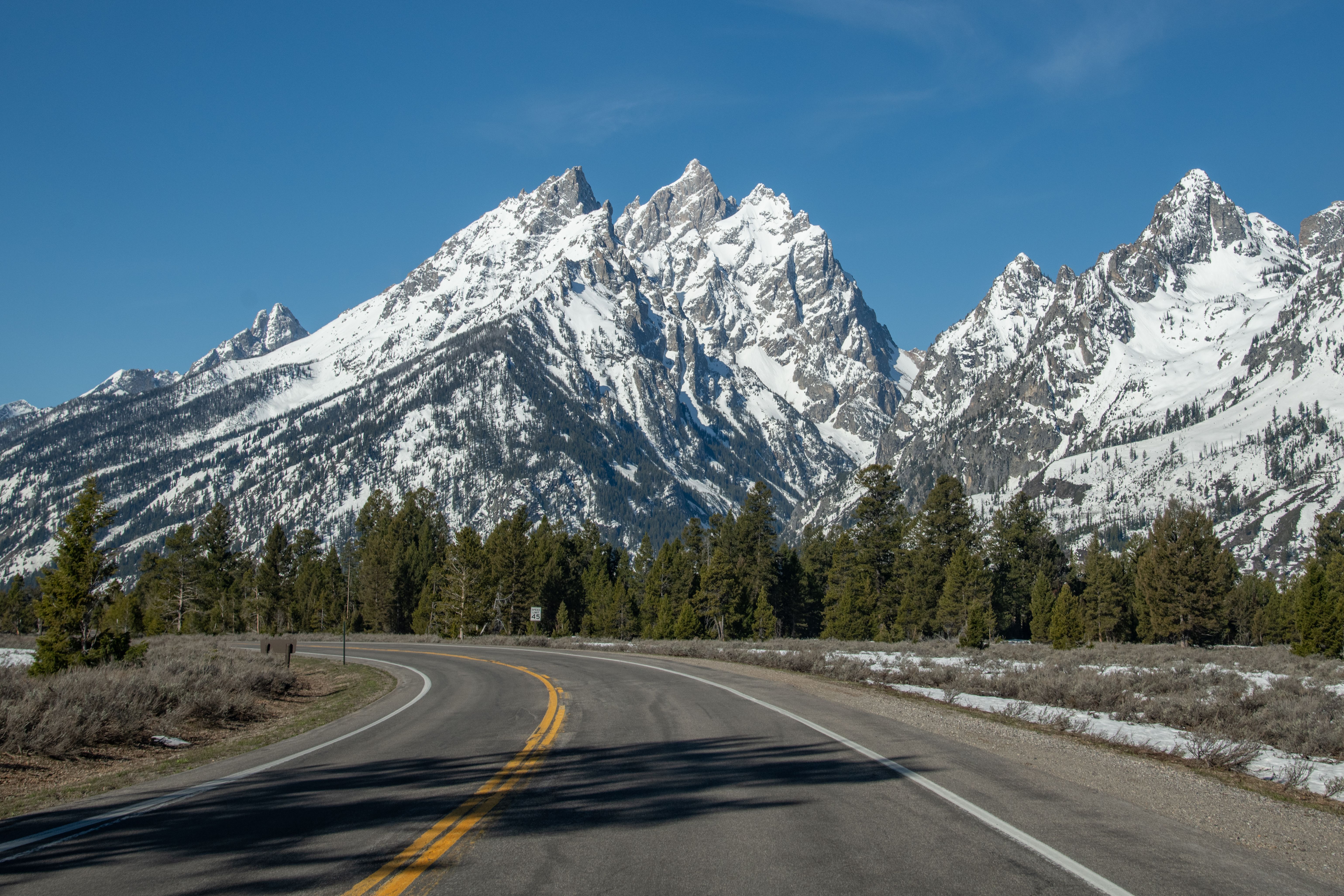Navigating California's Weather: Essential Seasonal Transport Tips
Understanding California's Climate
California's diverse climate can be a challenge for transportation, with each season bringing its own unique set of weather conditions. From sunny beaches to snowy mountains, knowing how to navigate these changes is crucial for both residents and visitors. Understanding the distinct climate zones and their weather patterns can help ensure safety and efficiency when traveling around the state.
In general, California experiences mild, wet winters and hot, dry summers. However, the state's varied topography means that weather can change dramatically over short distances. Coastal areas tend to have milder conditions, while inland regions can experience more extreme temperatures.

Preparing for Winter Travel
Winter in California can range from mild rain showers in the south to heavy snowfall in the Sierra Nevada. For those planning to travel during this season, particularly in mountainous areas, it is essential to prepare adequately. Here are some tips to keep in mind:
- Check the weather forecast before heading out and be aware of any potential road closures or hazardous conditions.
- Ensure your vehicle is equipped with snow chains if you're traveling to snowy regions.
- Keep an emergency kit in your car, including blankets, food, water, and a first-aid kit.
It's also wise to allow extra travel time and drive cautiously on icy or wet roads. Remember that mountain passes can be closed due to snow, so always have an alternate route planned.

Managing Spring Showers
Spring brings a refreshing change as the state begins to thaw and bloom. However, it can also bring unpredictable rain showers that might affect your travel plans. Here are some tips for navigating California's spring weather:
- Keep an umbrella and raincoat handy for sudden downpours.
- Ensure your windshield wipers are in good condition for clear visibility during rain.
- Be cautious of slippery roads and increased traffic during wet conditions.
Spring is also a beautiful time to explore California's natural beauty, with wildflowers in full bloom. Just be prepared for varying weather conditions as you travel.

Handling Summer Heat
The summer months can bring intense heat to many parts of California, particularly in inland regions like the Central Valley and Southern California deserts. Here are some strategies to beat the heat while on the road:
- Stay hydrated by carrying plenty of water for yourself and your passengers.
- Use sunshades in your car to keep the interior cool.
- Avoid leaving children or pets in parked cars, as temperatures can rise rapidly.
It's also important to check your vehicle's cooling system to prevent overheating during long drives in high temperatures.

Autumn Adventures
Autumn in California is a time of transition, with cooler temperatures and beautiful fall foliage. This season offers ideal conditions for road trips and outdoor activities. To make the most of your autumn travel:
- Enjoy scenic drives through areas known for their fall colors, such as the Eastern Sierra and Napa Valley.
- Pack layers of clothing to accommodate fluctuating temperatures throughout the day.
- Be mindful of shorter daylight hours when planning your itinerary.
Autumn is also harvest season, making it a great time to visit California's wine country or local farms for fresh produce.

Conclusion
Navigating California's weather requires preparation and flexibility. By understanding the seasonal changes and taking appropriate precautions, you can enjoy safe and enjoyable travels throughout this diverse state. Whether you're braving winter snow or soaking up summer sun, each season offers unique opportunities to explore California's stunning landscapes.
